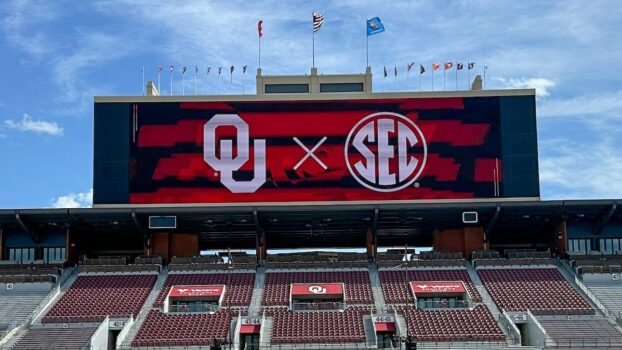The strikes we have talked about for as long as a part of an influence wrestle, of some summary future, at the moment are concrete. This week, virtually three years after it was officially announced, Oklahoma and Texas formally grew to become members of the Southeastern Convention. In one other month, the remainder of the seismic current convention realignment strikes — Oregon, UCLA, USC and Washington to the Huge Ten; Arizona, Arizona State, Colorado and Utah to the Huge 12; Cal, Stanford and SMU to the ACC — can even turn out to be official. The longer term is now, whether or not or not it makes any sense.
We’ll nonetheless have loads of jarring moments of realization this fall — when UCLA visits Rutgers in mid-October, as an example, or when Cal visits Wake Forest in early November (or after we get to the top of the season and Oklahoma did not play Oklahoma State — however for all the distinctive matchups to return, how are these groups going to truly fare? How would they’ve fared final season? And the way do issues usually work when a workforce adjustments conferences? Let’s look into it.

The place groups would have ranked of their new conferences final season
Utilizing 2023’s SP+ rankings, let’s set the desk by first how the hierarchy would have taken form for every convention with its new members. (New members for 2024 in daring.)




